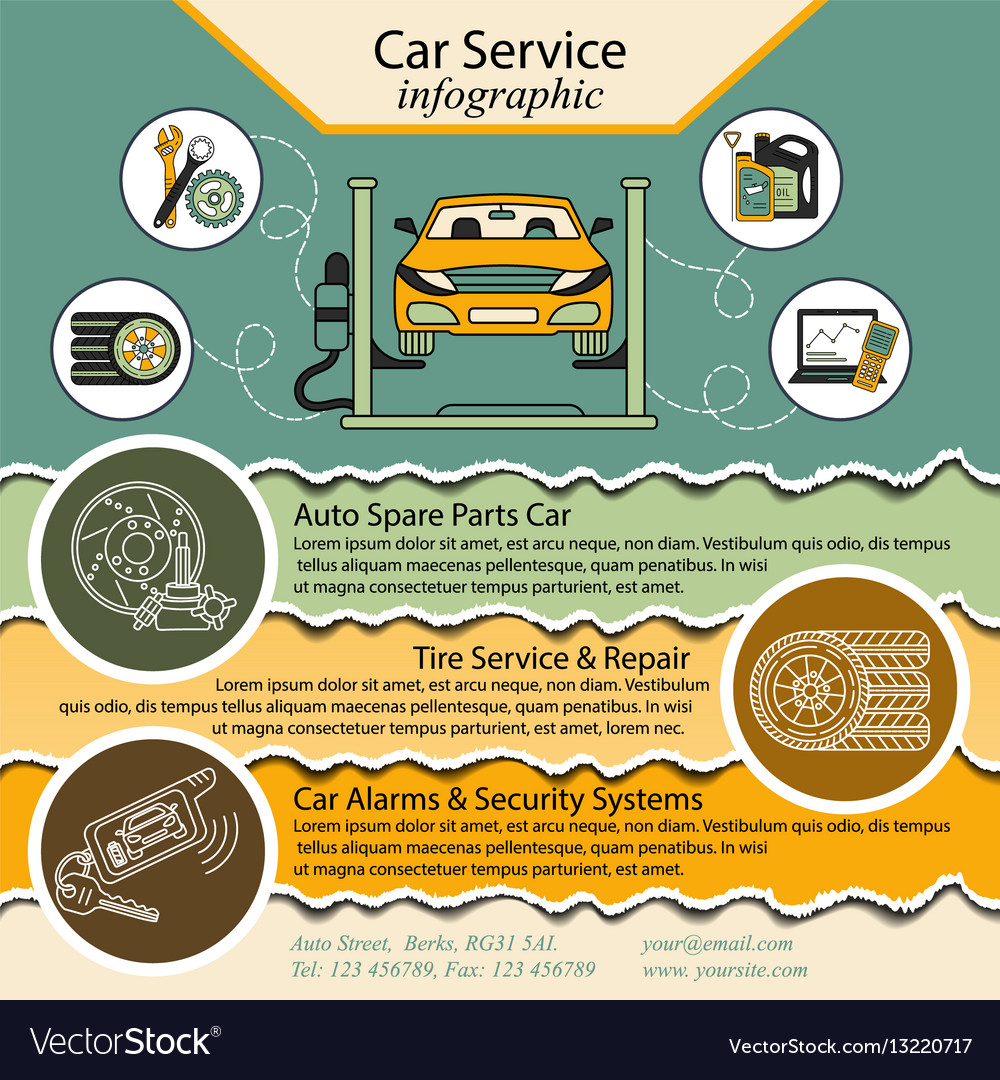Grasping The Value Of Your Car'S Warning Signals: What They Actually Represent
Grasping The Value Of Your Car'S Warning Signals: What They Actually Represent
Blog Article
Web Content Develop By-Hartley Gilbert
When you're behind the wheel, those radiant caution lights on your control panel can be a bit perplexing. Do you know what they're trying to tell you about your automobile's health? Comprehending the value of these lights is crucial for your security and the durability of your vehicle. So, the following time among those lights pops up, wouldn't you want to decode its message properly and take the essential steps to resolve it?
Common Warning Lighting and Interpretations
Recognize typical warning lights in your vehicle and comprehend their definitions to guarantee secure driving.
One of the most typical caution lights include the check engine light, which indicates issues with the engine or emissions system. If this light comes on, it's vital to have your car inspected without delay.
https://www.thedrive.com/news/russian-auto-industry-hit-so-hard-its-reviving-a-25-year-old-lada advising light shows low oil stress, needing instant focus to prevent engine damages.
A blinking battery light might recommend a faulty charging system, potentially leaving you stranded otherwise resolved.
The tire stress surveillance system (TPMS) light signals you to reduced tire stress, impacting lorry security and gas effectiveness. Neglecting this might result in dangerous driving problems.
The abdominal muscle light suggests an issue with the anti-lock stopping system, compromising your capability to quit rapidly in emergency situations.
Lastly, the coolant temperature cautioning light warns of engine getting too hot, which can result in extreme damage otherwise resolved swiftly.
Comprehending these common warning lights will certainly aid you attend to issues quickly and preserve risk-free driving conditions.
Significance of Prompt Focus
Understanding the usual caution lights in your car is just the very first step; the significance of without delay dealing with these warnings can not be emphasized enough to ensure your safety when driving.
When a warning light illuminates on your dashboard, it's your automobile's way of connecting a prospective issue that needs interest. Ignoring these warnings can cause a lot more severe issues down the road, jeopardizing your safety and potentially costing you more in repairs.
https://finnrmgcv.webdesign96.com/30721382/wondering-about-the-meaning-behind-those-control-panel-caution-lights-gain-insights-into-their-implications-for-your-vehicle-s-safety-and-security-and-upkeep to cautioning lights can protect against failures and mishaps. For example, a blinking check engine light could show a misfire that, if left neglected, could cause damages to the catalytic converter. Addressing this quickly can save you from an expensive fixing.
Similarly, a brake system cautioning light might indicate reduced brake liquid or worn brake pads, important components for your safety when driving.
Do It Yourself Troubleshooting Tips
If you observe a warning light on your dashboard, there are a couple of DIY repairing pointers you can attempt before seeking specialist aid.
The primary step is to consult your automobile's guidebook to understand what the particular caution light shows. Sometimes the concern can be as simple as a loosened gas cap setting off the check engine light. Tightening the gas cap might deal with the issue.
Another usual concern is a reduced battery, which can activate numerous alerting lights. Checking the battery links for corrosion and guaranteeing they're protected could fix the issue.
If a warning light persists, you can try resetting it by separating the auto's battery for a few minutes and then reconnecting it. In addition, checking your lorry's liquid levels, such as oil, coolant, and brake liquid, can assist troubleshoot advising lights related to these systems.
Verdict
To conclude, understanding your vehicle's warning lights is necessary for maintaining your vehicle running smoothly and securely. By promptly dealing with these signals and recognizing what they suggest, you can prevent expensive repairs and possible break downs.
Keep in mind to consult your automobile's handbook for specific information on each cautioning light and act appropriately to ensure a trouble-free driving experience.
Stay informed, stay risk-free when driving!
